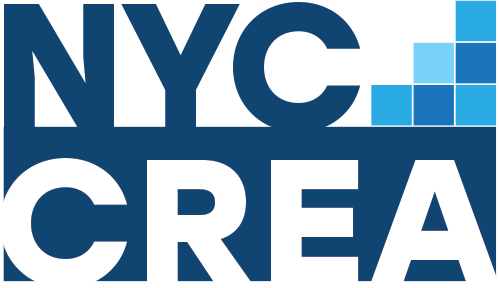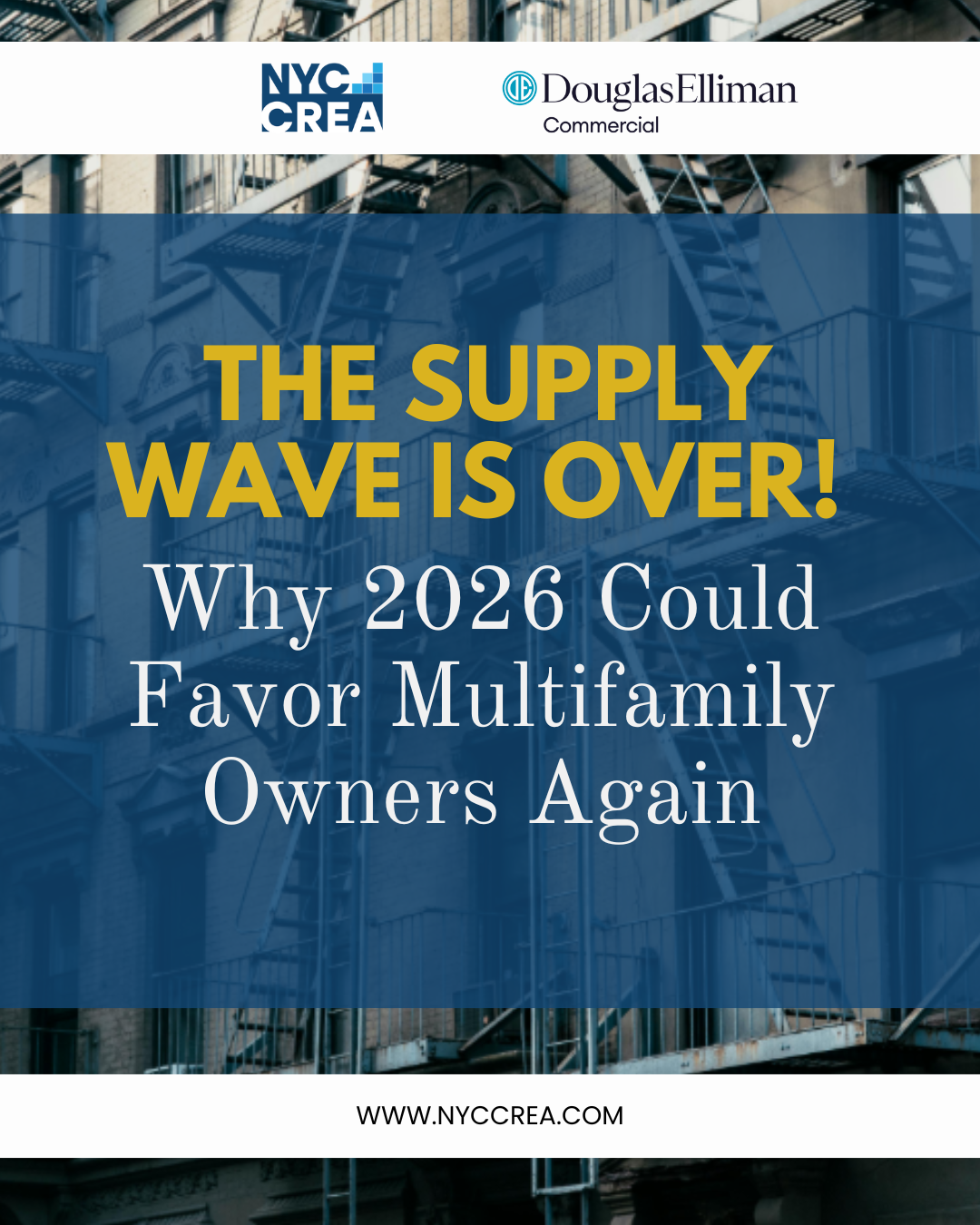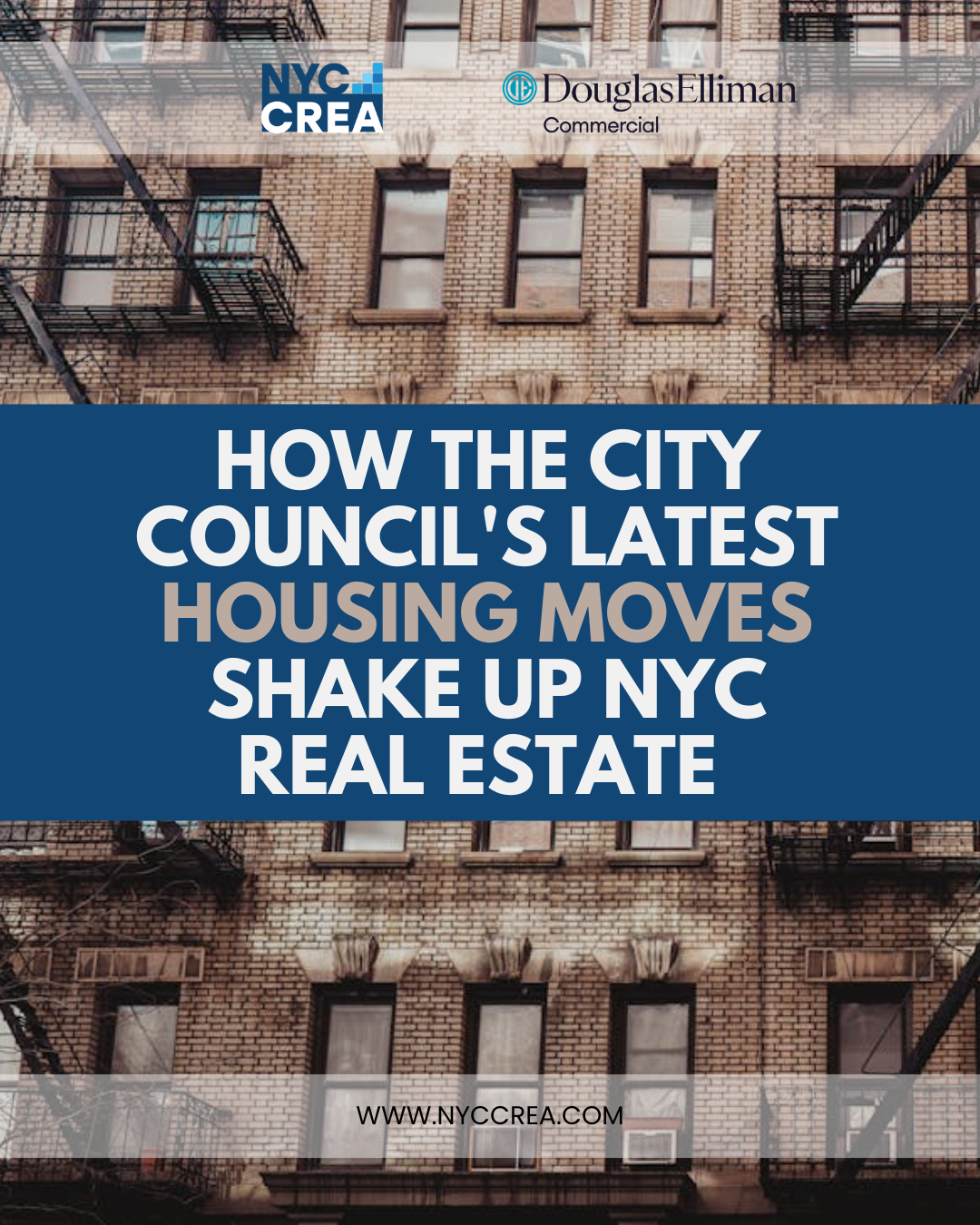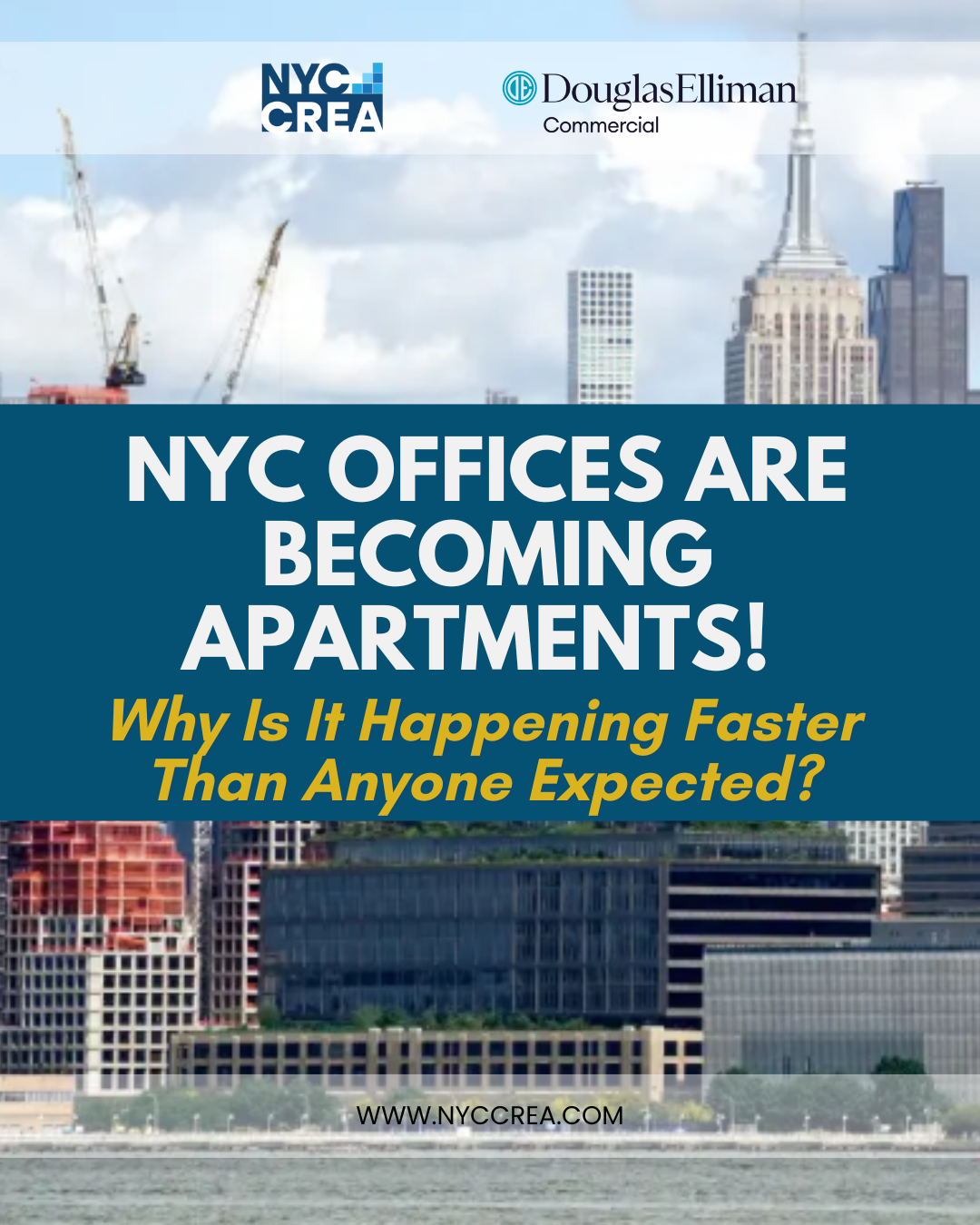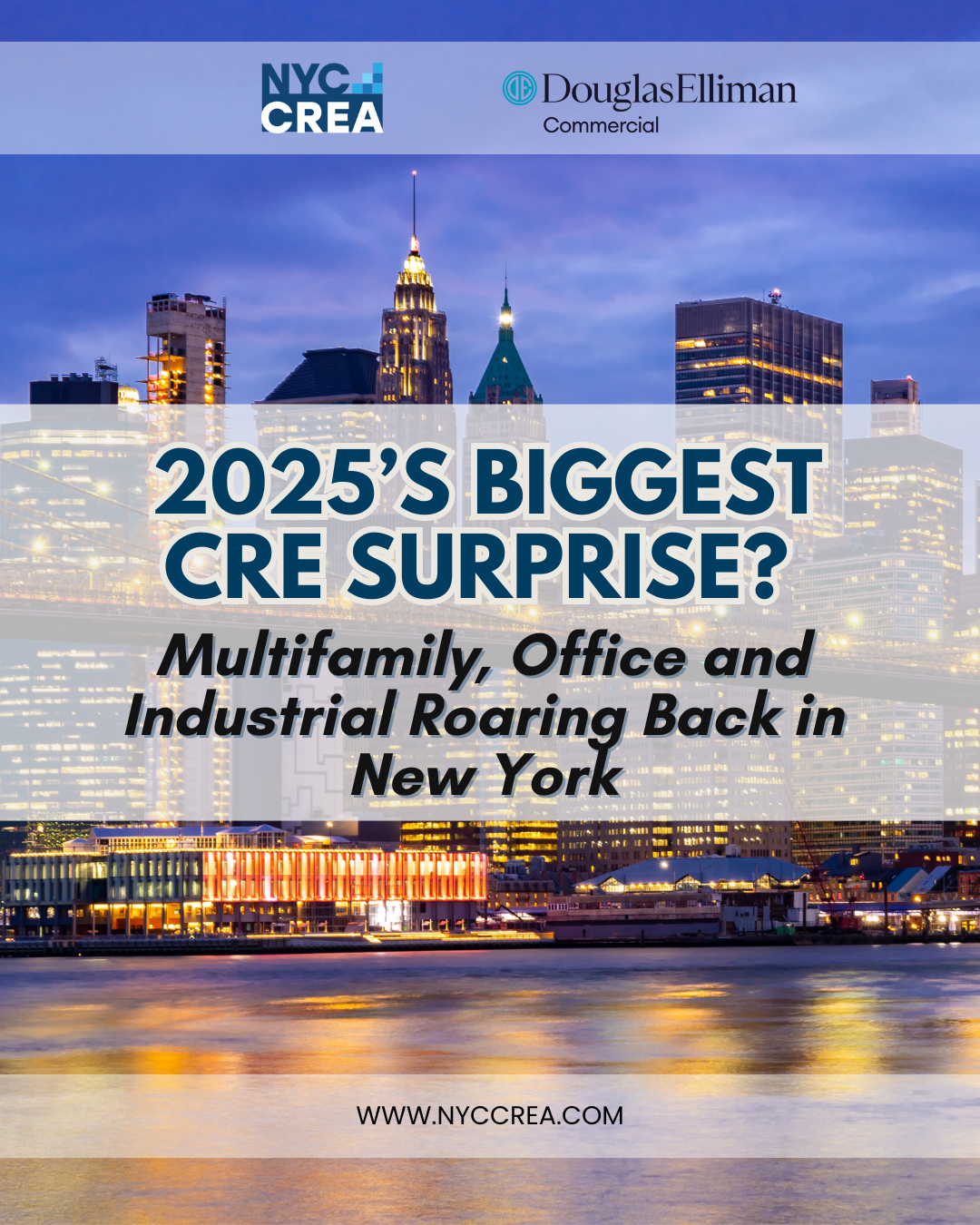Commercial real estate leases exist in New York City’s iconic skyline is a living proof to its bustling commercial real estate environment. As a potential tenant or investor, it’s essential to understand the intricate web of leasing options available in this complex market.
Lease types vastly influence the financial and operational aspects of a business, answering questions like “how much will this cost me?” and “what am I responsible for?” Thus, showcasing why it’s vital to know about the types of leases.
Gross Lease: Simplicity and Predictability in Commercial Real Estate Leases
A gross lease, also known as a full-service lease, is a leasing structure where tenants pay a flat fee that covers rent and most, if not all, associated property expenses such as taxes, insurance, and maintenance. This lease type simplifies the renting process by bundling these costs into a single rent payment.
One key feature of gross leases is that they provide predictability – tenants understand their total monthly financial commitment, making it easier for businesses to manage their budgets.
This lease type is particularly well-suited for small businesses or those with limited resources. The straightforward nature of gross leases makes them attractive for tenants seeking to focus on managing their operations without the hassle of variable expenses.
However, tenants often face higher rent costs in a gross lease agreement, as landlords tend to incorporate potential expenses into the rental price. The average rent for office spaces in Manhattan was $76.22 per square foot for the gross lease structure, according to the latest figures.
Challenges of a gross lease include the risk of overpaying if actual expenses turn out to be lower than what was built into the rent, and lack of control over expense management, which means tenants could end up covering the costs of inefficient energy usage, for example.
However, there’s a catch: Tenants often face higher rent costs, as landlords tend to incorporate potential expenses into the rental price. In the grand scheme of running a business in NYC’s competitive landscape, weighing the simplicity against the potentially higher cost becomes crucial.
Net Lease: Breaking Down the Variations in Commercial Real Estate Leases
Net leases, an alternative to gross leases, establish a framework in which tenants pay base rent and certain property costs as separate charges. This leasing model typically comes in three main variations:
| Single Net Lease (N) | Double Net Lease (NN) | Triple Net Lease (NNN) |
| involves the tenant covering property taxes. | requires paying both property taxes and insurance premiums. | mandates tenants to shoulder all expenses, including taxes, insurance, and maintenance costs. |
A key trait of net leases is their cost variability. Unlike gross leases that bundle costs, a net lease requires tenants to budget separately for property expenses, which can vary significantly over the lease term.
Net leases could be advantageous for businesses capable of managing and predicting their expenses. Typically, the base rent under a net lease is lower compared to a gross lease, making it an attractive option for businesses looking to lower initial costs.
However, their unpredictable nature also poses challenges. Unforeseen property related expenses like substantial repair costs or a dramatic increase in property taxes can seriously impact on your budget. For instance, among the Manhattan submarkets, Midtown South had the highest property tax increase, at 2.5% in 2021.
Triple Net (NNN) Lease: In-Depth Look for Commercial Real Estate Leases
Triple Net Leases (NNN) represent the most comprehensive version of a net lease, requiring tenants to bear nearly all property-related costs. Common in NYC’s commercial real estate market, NNN leases are favored by landlords for their financial stability, as they transfer many expenses to tenants.
However, this leasing structure can prove financially challenging for tenants, as they must account for numerous costs beyond the base rent. These include property taxes, insurance, maintenance, and repairs. Consequently, tenants need to possess strong financial resilience and adept negotiation skills when considering an NNN lease.
For businesses contemplating NNN leases in NYC’s dynamic market, assessing expenses and estimating their variation over time is crucial. As property costs in Manhattan can be steep – with the total annual property taxes reaching $30.99 billion (about $95 per person in the US) in 2021 – tenants need to plan their financial strategies accordingly.
Choosing the Right Commercial Real Estate Leases for Your Business
The decision on the right lease type hinges on the specific needs of your business, financial capacity, business model, and long-term plans. NYC’s diverse commercial real estate market offers opportunities to choose a lease that aligns well with your plans.
Evaluate Your Financial Situation
Taking stock of your business’s liquidity and stability is only the starting point. It’s equally crucial to understand your revenue streams, cost drivers, and trends for future profitability. Also, reflect on non-monetary factors such as location and reputational benefits that could impact your bottom line.
Be mindful of the external economic influences that may threaten your ability to meet lease obligations. Finally, consider your financial resilience as a lease is a long-term commitment, often lasting several years. Being prepared for unexpected financial challenges and having a robust contingency plan will ensure your business can sustain any difficult situations.
Understand the Market
Beyond just comparing lease types, pricing, and terms, understanding the market requires detailed information about trends, demographics, and supply-demand dynamics. Actively visiting different areas and reading commercial real estate reports can offer invaluable insight into suitable properties.
A tenant broker can add value to this process due to their extensive knowledge of real estate trends and local market conditions. They can provide accurate data, conduct comprehensive market analysis, and increase the efficacy and speed of your property search.
Forecast Potential Expenses in Commercial Real Estate Leases
When forecasting expenses, consider the maintenance responsibilities entailed by the nature of your lease. A net lease means you might be responsible for costs like property taxes, insurance, and maintenance. Analyze the property history for elements like frequent repairs or insurance claims, which could suggest higher future expenses.
Develop financial scenarios to understand the potential impact of varying costs on your business’s bottom line. Besides budgeting for regular expenses, always reserve some funds as contingency for unforeseen expenditures. It’s also recommended to regularly update your expense forecast vis-à-vis actual spending to ensure your financial planning stays accurate and relevant.
Negotiate
Keep in mind that many lease terms are negotiable. Maintain an open line of communication with the landlord and present reasonable requests to help create a mutually beneficial lease agreement. Factors such as the length of the lease, tenant improvements, and rent adjustments may warrant negotiation before signing the final agreement.
The Strategic Importance of Understanding Lease Types
Whether you’re eyeing a sleek office in Manhattan or a co-working space in Brooklyn, the financial and logistical implications of your lease type are paramount. In NYC’s complex commercial real estate market, understanding these lease options and how they can align or derail your business plan is key.
If you find yourself needing clarity or guidance in this process, consulting with a commercial real estate legal advisor can be a valuable step to ensure your interests are well-protected and your negotiations are as beneficial as possible.
